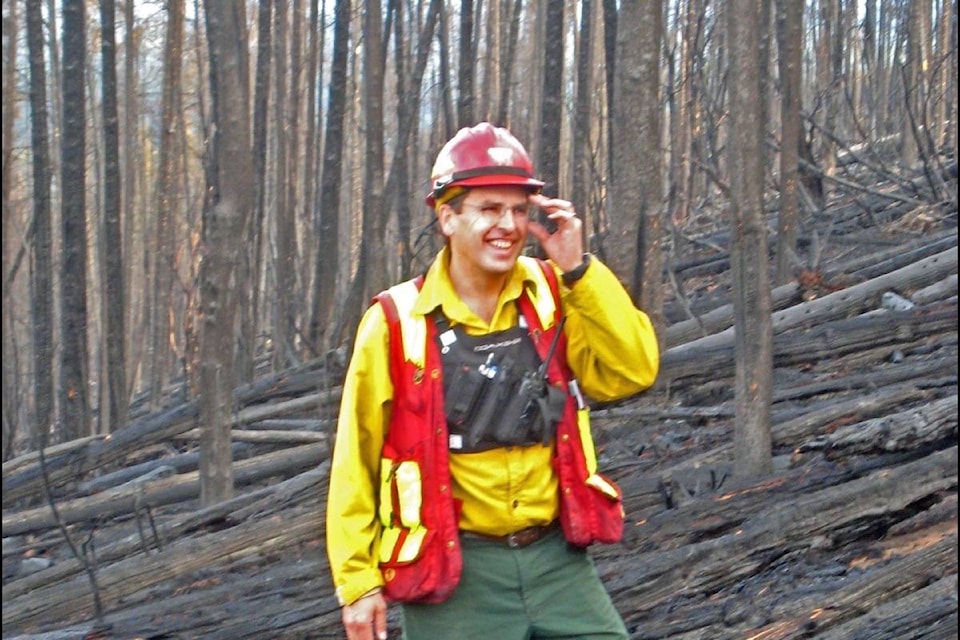Bob Gray thinks we need more forest fires in B.C. – fires that are prescribed, planned, and large.
“That’s the only way to create barriers to wildfires,” he said, adding up to 40 per cent of B.C.’s forests should be barriers to wildfires, not fuel for them.
He says whenever we harvest, the harvest area should then be burned.
“Now a lot of our harvests, they do not function as fire breaks. They speed up the fire. We harvest and we don’t treat the slash. Everything we do out there does not impede fire flow.”
Gray will present these and other ideas at , a running Tuesday through Thursday this week in Nelson, featuring a variety of local and international speakers from government, industry and academia. He is a fire ecologist and the president of R.W. Gray Consulting Ltd. in Chilliwack.
“In the past,” he said, referring to the time before governments started aggressively suppressing forest fires, “an area that burned in a wildfire would possibly re-burn again once the trees came down and you would have this sort of fuel free situation. And then a forest grows into that, and it functions as a barrier for a long period of time.”
How does he know it happened this way?
“We have old historic aerial photographs and fire history studies using dendochronology (tree ring dating) to determine past fire activity. We actually can develop a good idea of what happened and we run that through simulation models and we calibrate it, and then we can start to simulate those patterns, and then apply future management scenarios to it.”
He said a lot can be discovered through these methods.
“We can look at past fires to see what burned in the perimeter and what burned the hottest and what has not burned at all, and we look for certain patterns and characteristics and we see stands that burned twice and survived wildfire because there is no surface fuel.”
Fires in the past weren’t as big as they often are today, he said.
“We did not have these 500,000 hectare fires, at least not very often, and so we are trying to see what that pattern and process was on the landscape, and what were those stand types were that functioned as barriers to fire and how can we recreate those practices.”
He said B.C. needs burning programs that have long term dedicated funding, not small short-term projects.
“We need programs situated in each fire zone with a combination of wildfire service crews and industry people — we need to have people trained up and qualified. You give them five years worth of funding and you make a schedule, what you are going to burn every year, and you have plans written out ahead of time and review and retrain. It is like a fire department.”
Gray is also known for his opinions about B.C.’s funding for wildfire prevention versus earthquake preparation.
He says over the past 10 years fighting wildfires in B.C. has cost tens of billions of dollars, yet governments have invested about $100 million in mitigation. He says the ratio is about two per cent. But with seismic upgrading it’s a different story.
“The interesting thing is, if we look at flood mitigation and seismic mitigation we see that the funding is almost 1 to 1.”
Related:



